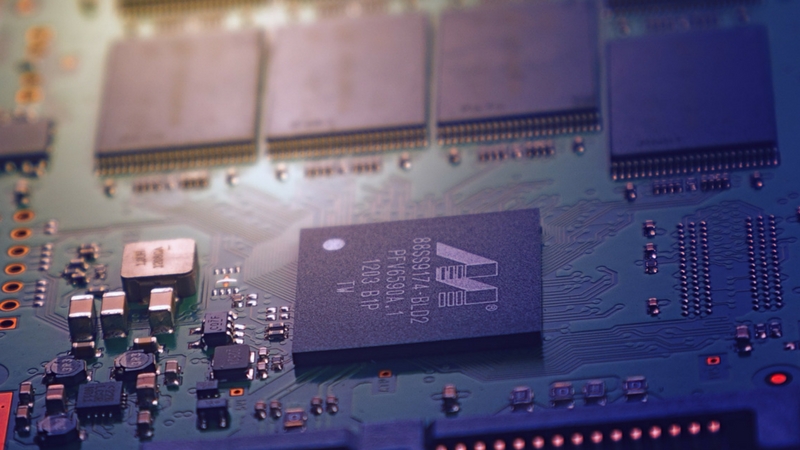Bitcoin Mining (and Blockchain)
Episode #3 of the course The basics of Bitcoin by John Saddington
Welcome back to Day 3 of bitcoin basics! I’m seriously glad you’re here and that you’re still tracking with me.
Yesterday, we took a very serious and hard look at the principal characteristics of bitcoin and what makes it very, very different than other forms of currency. In fact, as you now already know, the differences are so distinct that it can be really hard to believe. When you can literally send bitcoins encoded through a home-built, DIY shortwave radio (yes, people have done this!), it would make anyone sit back and scratch their head for a moment.
And you wouldn’t be the only one. So, don’t be discouraged if you don’t quite “get it” at first or if you feel like it’ll take time to warm up to the concept of bitcoin and bitcoin technology—you’ve got time and I’m here for you.
But let’s continue upping the ante and take a quick look at bitcoin mining, as it’s an essential part of your bitcoin understanding.
How Mining (and Blockchain) Works
Bitcoin is a distributed, peer-to-peer system, and bitcoins are created through a process more popularly called “mining.” Any participant that mines bitcoin can be effectively called a “miner.” Another term that has been historically used is “maintaining,” and those who participate in the bitcoin network have often been called “maintainers.”
Mining isn’t difficult to understand because at its core, it is most simply a process of computers attempting to solve math problems. Now, there are two important principles to note in the process of mining: The first is that the mathematical problem is difficult to solve, and the second is that miners (or maintainers) are competing to solve the mathematical problems before one another.
It is essentially a race between mining participants to see who can not only process bitcoin transactions the fastest but also simultaneously discover the solutions to these complex mathematical problems. The winner of the race not only serves the larger bitcoin network by validating transactions between participants on the network but also is awarded bitcoin for their time, effort, and investment in solving those problems.
Finally, a technology intimately tied to bitcoin is “blockchain,” and an entirely different course could easily cover this technology and protocol. But all you need to know for now is that blockchain is a distributed ledger, a record of all of the bitcoin transactions that have ever happened in the network, and these records are validated via mining. One of the neatest things about the blockchain is that it powers many of the characteristics of bitcoin, such as being tamper and fraud-resistant.
Why It Is So Popular
You can begin to see why mining is so attractive to folks (and organizations), as there is real potential of earning bitcoin for their work. Based on the underlying programmatic algorithm and protocol, bitcoin awards are given out to miners approximately every ten minutes, which regulates the delivery and issuance of bitcoin and halves the rate of bitcoin created every four years.
Consequently, there is a finite number of bitcoins that will ever be issued, and that number is 21 million, which will occur around the year 2140. This is why you may hear that bitcoin is a “deflationary financial instrument,” unlike all other currencies, which are fundamentally inflationary.
But here’s the most important part of bitcoin mining: You can mine it yourself as long as you have a computer (of any size and shape) running the bitcoin protocol software (or “full stack”) from anywhere in the world. Your participation is not limited to the transfer and receiving of bitcoin, you can create it as well.
This is why you can truly be your own bank, issuing a currency that has real value and utility without permission and without any central controlling authority outside of yourself. How many times can we say “revolutionary” in these lessons?!
Tomorrow, we’ll take a look at buying your first bitcoin and how you can experience this new revolutionary digital currency for yourself.
I can’t wait!
John
Recommended book
Share with friends

